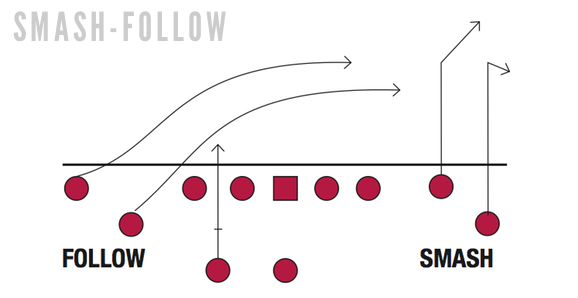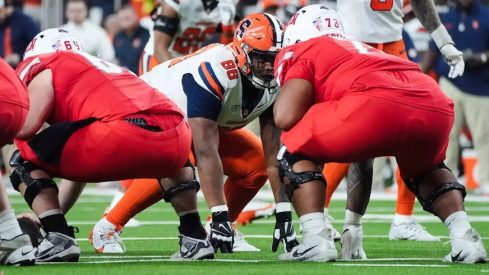have to guess right."
For the past few weeks I have examined the idea of combining a run and pass play together and allowing the quarterback choose post-snap to constrain the defense. Today I want to look at a separate yet related concept that I have previously touched upon--combining concepts in the passing game.
Though the goals are different the basic premise is the same--provide the offense options to confront a defense post-snap so that the offensive coaching staff does not need to guess right before the snap. Urban Meyer, Tom Herman, and the offensive coaching staff have already demonstrated extensive use of this idea, providing more options for Ohio State's passing offense.
Why Combine?
As with combining a run and pass, the basic premise is to provide an offense options against today's more versatile defenses. Though a bit simplified, defenses used to hang their hat on a particular coverage, whether it be cover 3 or the 'Tampa 2.' Passing concepts, in turn, are designed to attack one, perhaps two, coverages. For example smash is a route designed to attack cover 2, with a 2 on 1 vertical stretch of the cornerback (see below).
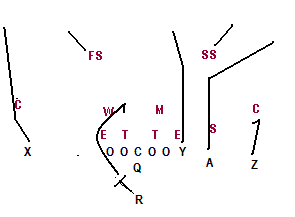
But if the defense is not in cover 2 or otherwise adjusts, the offense is not left with an ideal play call. With defenses increasingly mixing coverages, an offense is increasingly faced with this dilemma.
Enter the idea of combining concepts. The idea is to put a separate coverage beater to each side. For example, an offense can put a route combination that works against cover 2 to one side and cover 3 to the opposite side. Or the offense can place a route that works for zone to one side and man coverage opposite.
The quarterback reads his usual keys pre and post snap. Is the middle of the field open (cover 2, 4) or closed (cover 1, 3)? Once his keys confirm the coverage, he simply works the progression to the appropriate coverage beater to that side.
The Limitation with Combining Concepts
As with mixing run and pass concepts, however, the concept can be stretched to its breaking point. The problem is that the two concepts make work individually but not come together in a cohesive whole.
Specifically, the concepts may not control interior defenders. Chris Brown uses the example of combining smash with curl/flat.
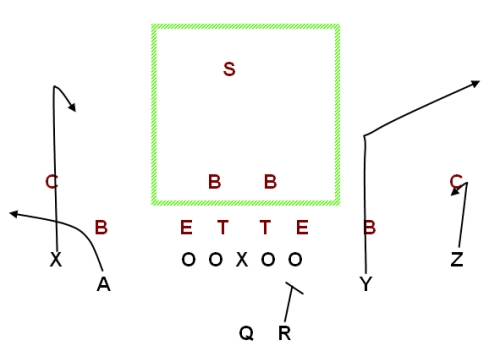
As Brown points it, the play should function. The QB sees a single high safety, indicating cover 3, and works the curl/flat side. Nonetheless, it leaves pass defenders floating as UFOs, a tenuous situation that could lead to interceptions.
Making it Work
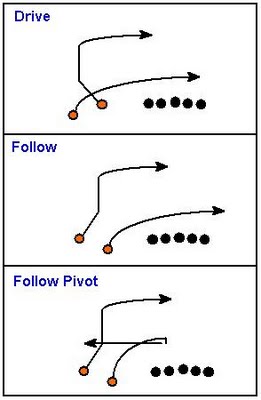
This limitation should not undermine the idea's overall effectiveness, however. Indeed, Herman and Meyer have focused on a way to both combine concepts and combat the above problem. The Ohio State coaching staff does so by combining a route combination such as smash or china with a shallow crossing route such as 'drive' or 'follow.'
This addresses the problem addressed above, with one route combination attacking the middle of the field.
But it does not lessen the efficacy of combining concepts. In fact, it accomplishes two purposes in one. As noted, smash attacks cover 2. Follow or drive provides a hi-low against cover 3.
Perhaps more importantly, the shallow crossing routes are effective at running away from man coverage, providing a zone beater to one side with a man beater opposite.
As such, Ohio State's combined routes generally mixed a route attacking the outside with a crossing route, capturing the advantages of this approach, while minimizing its downside. This was a favored mixture by Meyer & Co. this Spring, providing the offense more options to attack defenses that mix defensive coverages and allowing the offense to be right every time.
